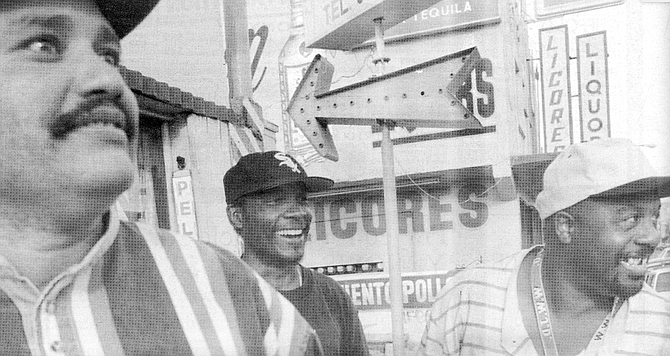
Photo by Sandy Huffaker, Jr.
Clayton Ables (left), Robert (center), Michael Thornton (right)
- Sherley Anne Williams was delighted when the New York Times listed her novel on its recommended reading list. The book had gone into a third printing, and her publisher had nominated the novel for a Pulitzer Prize. Talking to a reporter, Williams said that she had always wanted to write books about black people — books, she said, “that people would still be reading hundreds of years from now.”
- By Jangchup Phelgyal, April 13, 2000
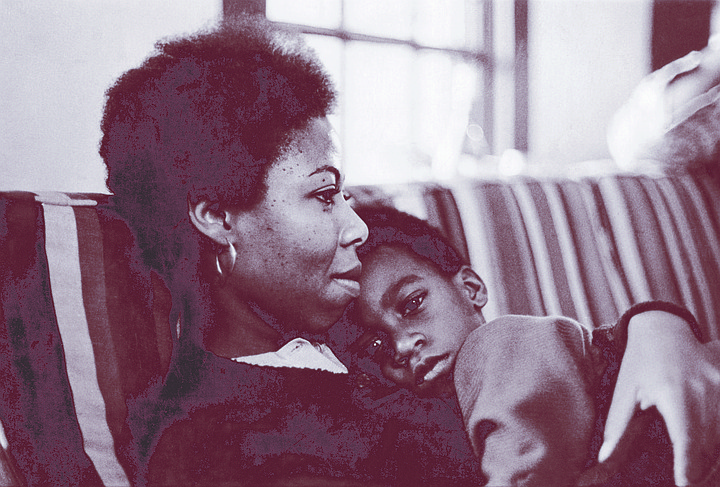
Sherley Anne Williams and son Malcolm, c. 1973. Sherley had showed up for her UCSD interview with Malcolm, then three years old. “Sherley’s willingness to go it alone was a part of her character.”
- On Juneteenth 1998, while mothers were mixing potato salad in Logan Heights, and fathers were letting the meat smoke through on the barbecue pits of National City, and kids in Valencia Park were eyeing the watermelons chilling in tubs filled with ice, I crossed the border into Mexico. I’d heard there might be some African-Americans living there.
- By Jangchup Phelgyal, May 13, 1999
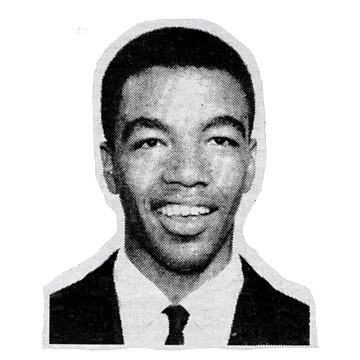
The author as a sophomore at St. Augustine High School, 1960. "When I left San Diego, it was easy to keep going."
- There was college and afterwards Europe. I meant to live there and never come back. I sailed the Mediterranean, traded in Morocco’s Casbah, and stood under a blistering sun looking upon Cairo’s Giza pyramid while, with each breath, the hot air scorched my lungs. My flat on Cheyne Walk in London was not far from where Henry James once lived, but in my time it was Mick Jagger, a rock star, and Marianne Faithful who were my neighbors. At Oxford I lectured on American racism.
- By Hawkins Mitchell, Feb. 16, 1995
- Golden Age Garden Apartments (740 South 36th Street), built in 1983, has 76 apartments on its four floors. Requirements for obtaining an apartment here are that one be an ambulatory senior citizen or disabled person. Average age of residents is 65; ages range from 62 to 90 plus. I had been told that while the complex's population of 76 was not entirely black, it was largely so.
- By Judith Moore, June 21, 1990
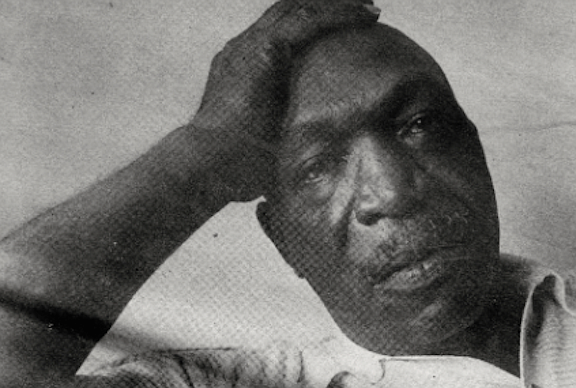
Arthur Curtis: "Segregation was like weather, and you went along with it."
- Just before one on Friday afternoon, members of Masjidul-Taqwa, a Muslim mosque or masjid, are parking their cars along the 2500 block of Imperial Avenue. The women's heads are wrapped, turban-style, in colors and patterns that match or complement near-ankle-length dresses and long tunics. A long, white caftan floats from the shoulders of one man, but most wear slacks and sport coats or suits. All wear skullcaps.
- By Judith Moore, June 26, 1986

Converts traded the names given them and their ancestors by plantation slave owners for X.
- People of color were beginning to move into Sherman Heights and Golden Hill. There were colored Civil War veterans who lived in Golden Hill — Robert Tillman and Alexander Luckett and his family. There was another colored man who owned the Palm Nursery.
- By Barbara Palmer, Aug. 2, 2001
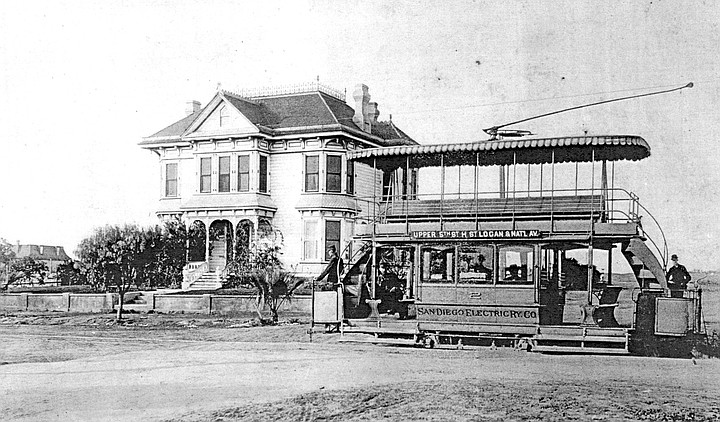
Logan Heights, c. 1900. After a while there were enough people to have a church, the Mt. Zion Baptist Church, between Thirtieth and Thirty-First on Greeley Avenue.
San Diego Historical Society photo
- I could not as a child understand why I was treated differently from the other children, by them and by my teachers. My Scottish mother left me to live with my grandmother. Coronado was a small town in the ’20s and ’30s, so everyone knew I was “colored” except me.
- By Barbara Palmer, Aug. 9, 2001
- I took inventory: (1 small can) Black & White Skin Whitener; (1 small can) Sweet Georgia Brown’s Hair Dressing Pomade; (1 package) Aunt Jemima’s Waffles; (2 books of matches): Cotton Patch Restaurant (2720 Midway Drive), Golden West Hotel (between Third and Fourth on G Street); (1 bottle) Warrenton Rum Coke; (1 ashtray) Dinah’s Pancake Chicken House (on the Las Vegas Strip); (1 cookie tin) Rum Creoles (“A toasted confection of the Tropical Flavors with fine imported Liqueurs”); (1 ointment bottle) Black Magic Leaf Lustre; (1 small cardboard box) Solid Head Eyelets; (1 jar) Lucky Brown Pressing Oil; (1 small tin) Nigroids (throat and breath mints from England); (1 small box) Uncle Ben’s Converted Rice; (1 small box)
- By Jangchup Phelgyal, May 9, 2002

Diana Venable does not shy away from the pain of the African-American experience. However, she is not much interested in underlining its darker aspects.
Photo by Sandy Huffaker, Jr.
- Jordan, 18, is black, and I saw him sporting swim trunks and sunglasses and hanging out on the beach with his white friend Alex, also 18.
- "There's pressure on black kids to act white in San Diego. There were only about seven black guys at my high school [USDHS], so I think we acted more black. We made sure to listen to rap music loud and dress all gangster and stuff, like we were making up for the fact that there were only a few of us. There was pressure to be better at sports. But I never really heard many comments or racial stuff said, not to me, not to my face."
- By Geoff Bouvier, Dec. 21, 2006

Jennica: "She doesn't like me because she thinks I try to act white."
 Facebook
Facebook
 X
X
 Instagram
Instagram
 TikTok
TikTok
 Youtube
Youtube
















